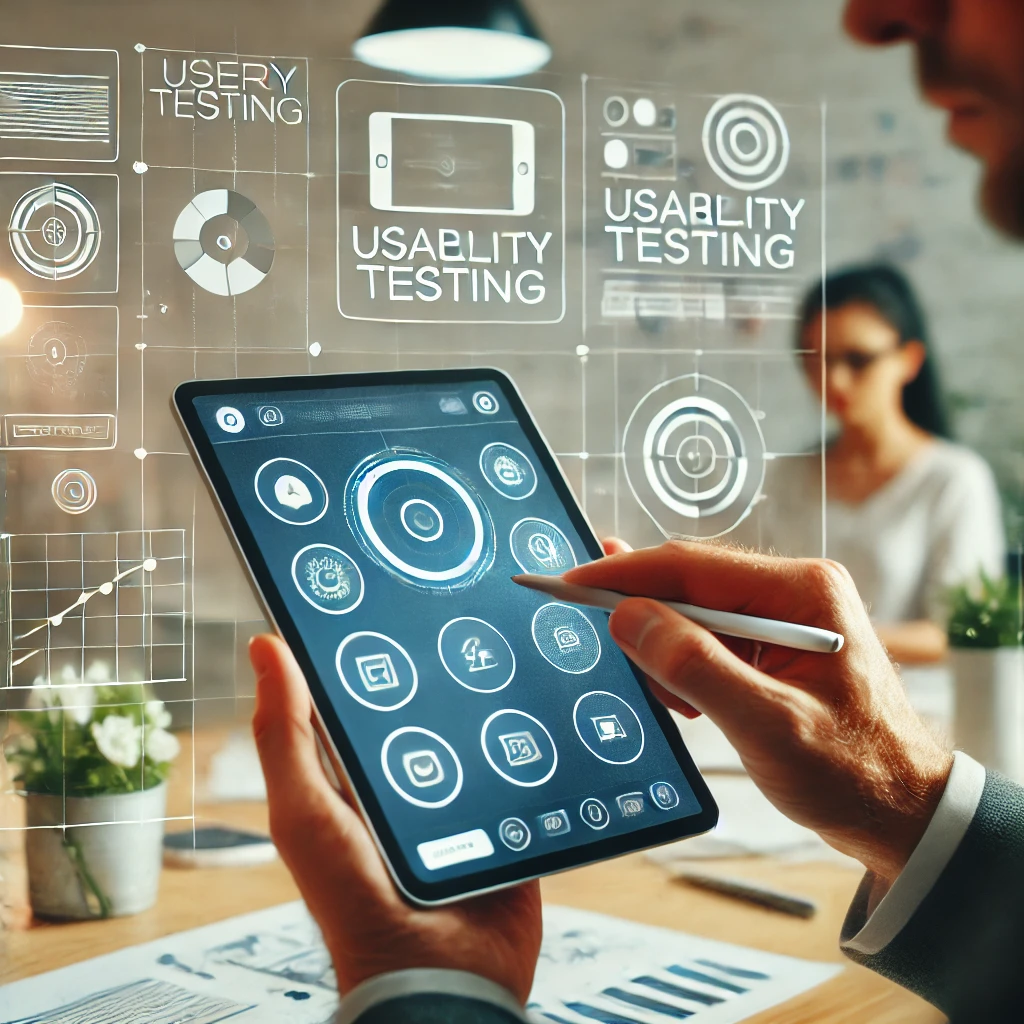Product design is the art and science of creating products that solve problems, enhance user experiences, and meet business goals. It combines creativity, research, and technical expertise to transform ideas into functional, user-friendly, and aesthetically pleasing solutions.
In this blog, we’ll explore the fundamentals of product design, its importance, and the steps involved in crafting exceptional products.

What is Product Design?
What is Product Design refers to the process of conceptualizing, developing, and refining a product to meet the needs of its users. It’s not just about how a product looks—it’s about how it works and the value it provides.
Key Components:
- Functionality: Solving a specific problem effectively.
- Usability: Ensuring the product is intuitive and easy to use.
- Aesthetics: Making it visually appealing and on-brand.
Why is Product Design Important?
- Solves Real Problems: Great design addresses pain points and enhances lives.
- Drives Business Success: Thoughtfully designed products lead to higher user satisfaction, increased sales, and customer loyalty.
- Differentiates in a Competitive Market: Unique design sets products apart from competitors.
- Enhances User Experience (UX): A seamless experience builds trust and engagement.
The Product Design Process
What is Product Design Creating an outstanding product involves a structured process. Here are the essential steps:
1. Research and Discovery
Understand your target audience, their pain points, and market trends. This phase forms the foundation of your design process.
- Tools: Surveys, interviews, and competitive analysis.
2. Define Goals and Objectives
What is Product Design Clarify what the product should achieve and how success will be measured. Define key performance indicators (KPIs) to track progress.
3. Ideation and Conceptualization
Brainstorm ideas and explore potential solutions. Use tools like mind maps and sketches to organize thoughts.
4. Sketching and Wireframing
Create rough layouts of the product’s interface or structure. This stage focuses on functionality and user flow rather than visual details.
5. Prototyping
Build a prototype to test usability and functionality. Prototypes help in identifying flaws early and refining the design.
6. User Testing
Gather feedback from real users. Use their insights to iterate and improve the product.
7. Visual Design
What is Product Design Focus on branding, typography, colors, and imagery. Ensure the design aligns with the brand identity and appeals to users.
8. Development Handoff
Collaborate with developers to implement the design. Provide detailed documentation and assets for a smooth transition.
9. Launch
Introduce the product to the market. Focus on marketing strategies, onboarding, and support to ensure a successful launch.
10. Post-Launch Analysis
What is Product Design Monitor user feedback and analytics to identify improvement areas. Iteration is key to keeping the product relevant.
Types of Product Design
1. Industrial Design
- Focus: Physical products like electronics, furniture, or appliances.
- Example: Apple’s minimalist hardware designs.
2. Digital Product Design
- Focus: Websites, mobile apps, and software.
- Example: Intuitive interfaces in apps like Airbnb or Spotify.
3. Service Design
- Focus: Systems and processes that deliver services.
- Example: The seamless experience of using Uber, from booking a ride to payment.
click to get service View profile
Best Practices for Product Design
- Stay User-Centered: Always prioritize user needs and feedback.
- Iterate Constantly: Be open to revisiting and improving your design.
- Focus on Accessibility: Ensure the product is usable for everyone, including people with disabilities.
- Test Early and Often: Don’t wait until the end to test usability—get feedback at every stage.
- Keep It Simple: Avoid overcomplicating designs. Simplicity often leads to better usability.
Tools for Product Designers
- Wireframing & Prototyping: Figma, Adobe XD, Sketch.
- User Research: Hotjar, Maze, UserTesting.
- Collaboration: Miro, Slack, Notion.
Trends in Product Design
- AI-Powered Design: Leveraging artificial intelligence for smarter interfaces.
- Sustainability: Designing eco-friendly products with minimal environmental impact.
- Voice and Gesture Interfaces: Incorporating new interaction methods like voice commands and gestures.
- Personalization: Customizing experiences based on user preferences and behavior.
Conclusion
What is Product Design is a dynamic and rewarding field that bridges creativity with problem-solving. Whether you’re designing a physical object or a digital app, following a structured process and staying user-focused are key to success.
By combining research, innovation, and user empathy, you can create products that make a difference and stand out in the market.


